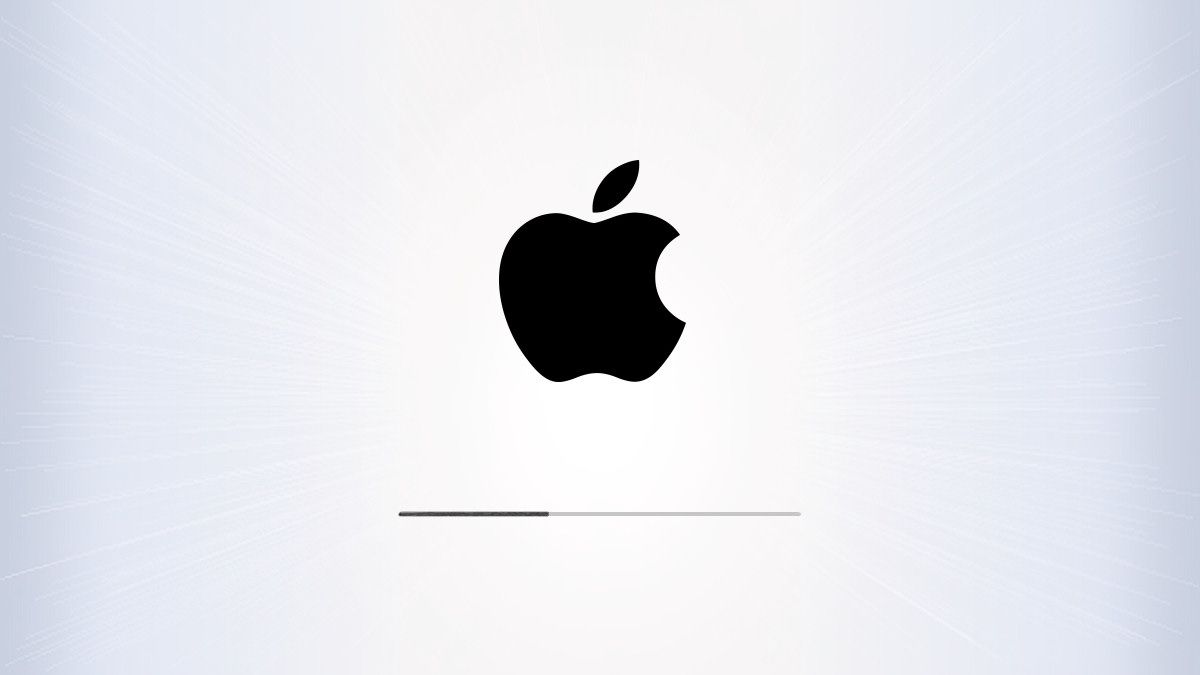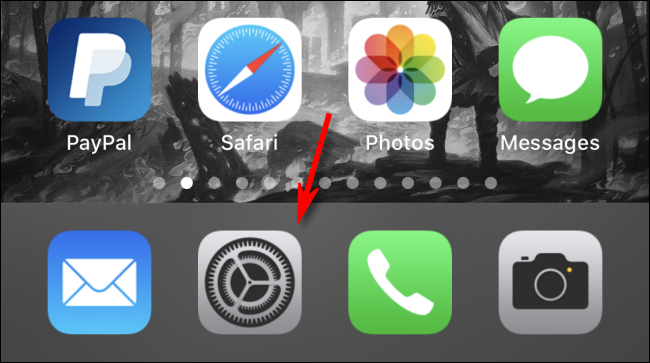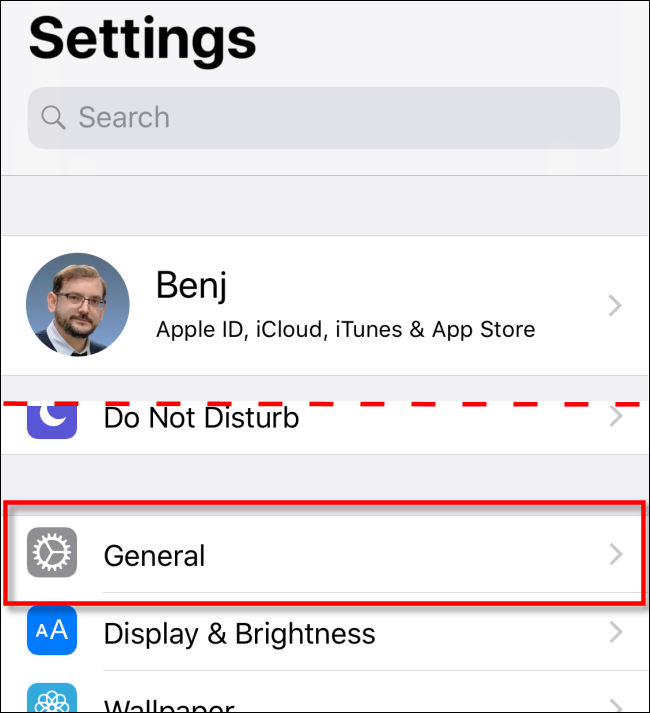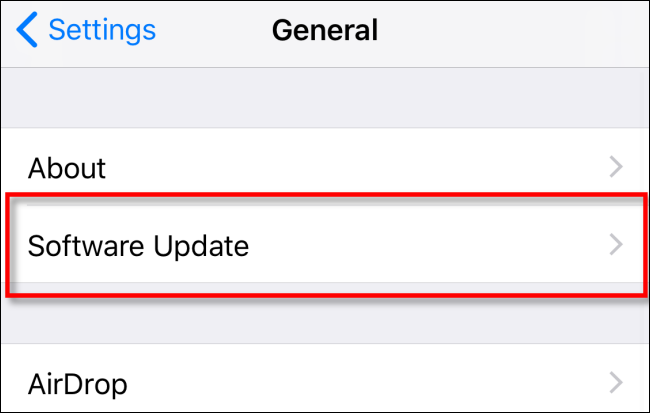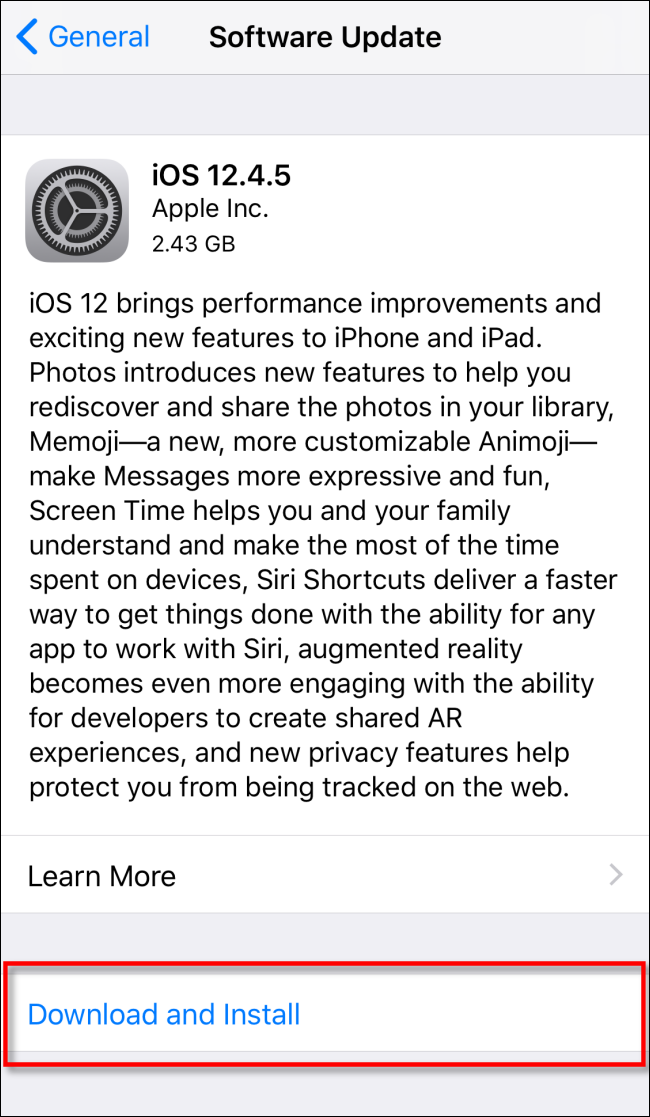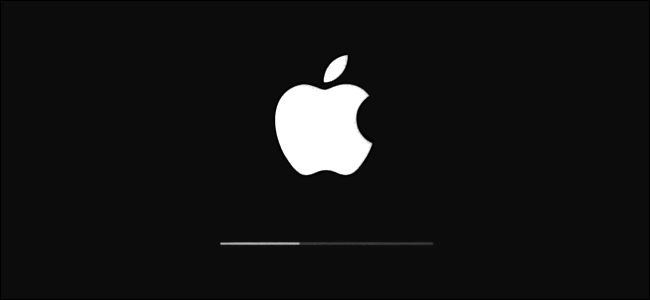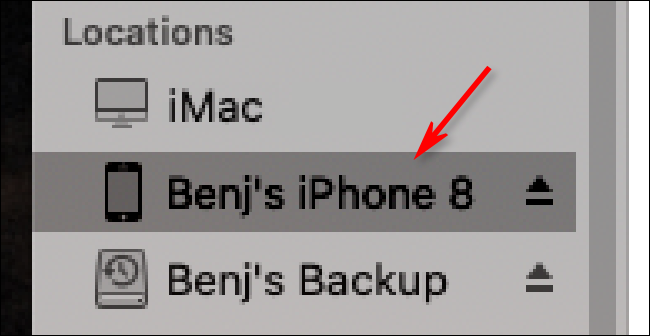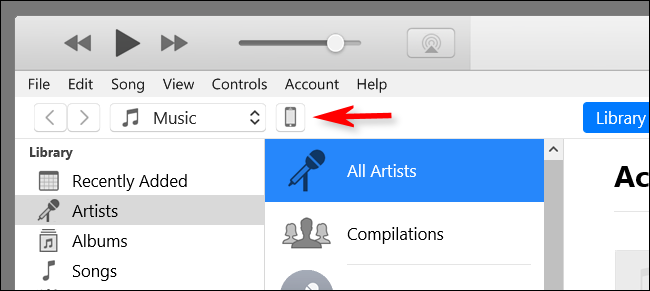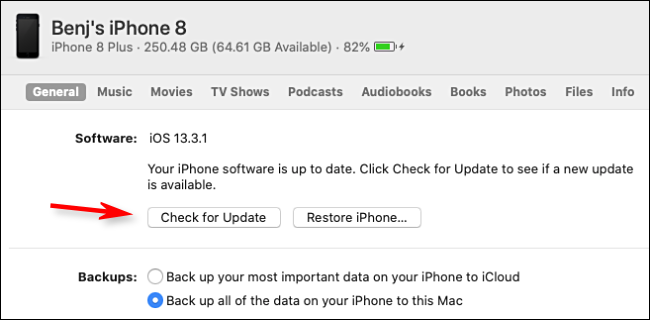Quick Links
It's a good idea to keep your iPhone's software and firmware (iOS) up to date. Updates are available for free from Apple. They apply the latest security and bug fixes and features to your iPhone. Here's how to update your iPhone to the latest version of iOS.
Back Up Before You Update
While problems during the installation process are rare, it's possible that something could go wrong, and cause you to lose your data.
So, before you install an iOS update on a mission-critical iPhone (or one with irreplaceable data), make it a habit to perform a backup first.
Update iOS via the Settings App
These days, most people update their iPhone directly on the device without connecting it to a computer. This is called a wireless installation, and here's how you do it.
First, launch the "Settings" app (the gear icon). By default, it's on the first page of the Home screen. Use Apple's Spotlight Search if you need help locating it.
In the Settings menu, tap "General."
Next, select "Software Update."
You will see information about the latest update, including the version number and details about what the update will improve.
If your iPhone hasn't already downloaded the update, tap "Download and Install" and type your lock screen PIN or passcode if it's requested.
When the update is finished downloading, a message might pop up asking whether you want to install the update now or later; tap "Install Now."
After the install process begins, you will see a message that says "Verifying Update"; wait for it to finish. After verification is complete, your iPhone's screen will go black and restart.
The Apple logo and a small progress bar will appear in the center of the screen.
When the installation is complete, you can unlock and use your iPhone again as usual.
Update iOS in Finder or iTunes
You can also update your iPhone via a wired connection with your Mac or Windows PC. On a Mac running macOS 10.15 or later, open Finder. On a Windows PC or Mac running macOS 10.14 or earlier, open iTunes.
Connect your iPhone to your computer with a Lightning-to-USB cable. If it's the first time you've connected your iPhone to the computer, tap "Trust" in the message that appears asking if you want iPhone to trust the computer.
Locate your iPhone on your computer. In Finder, you see it on the left under "Locations"; click it.
In iTunes, look for the small iPhone icon in the toolbar near the top; click it.
In the window that appears with information on your iPhone, navigate to General (in Finder) or Settings > Summary (in iTunes). Click "Check for Update."
If an update is available, click "Download," and after it does, click "Update." Type your passcode if asked. The update installs, and then you're ready to go.
Double Check That Your iPhone's Up to Date
After your handset is done updating, you can check to make sure you have all the most current updates installed.
On your iPhone, navigate to Settings > General > Software Update. If your device is fully updated, you see a screen similar to the one below letting you know your software is up to date.
If your iPhone is no longer receiving updates, it might be time to upgrade to something newer.
Your iPhone is now updated and ready to go! Now it's time to make sure that your iPad is up-to-date.

